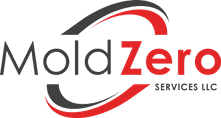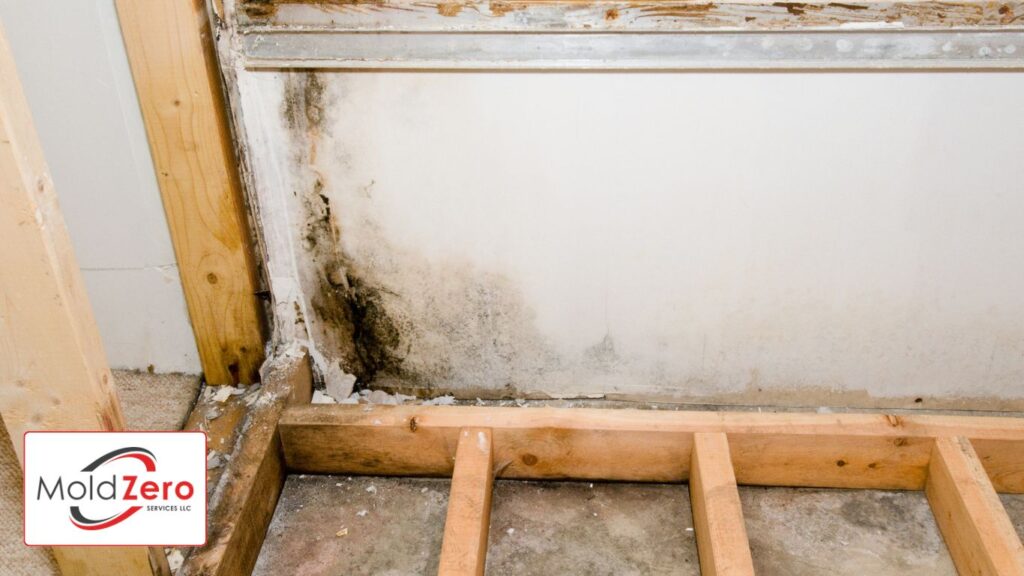How to Prevent Mold Growth: A Comprehensive Guide
Mold is a common problem in many homes, and it can be difficult to get rid of once it takes hold. However, there are several things you can do to prevent mold growth in your home.
Let’s dive deep into the world of mold prevention, exploring everything from understanding its nature to implementing effective strategies in every corner of your living space.
What is Mold and Why Should I Care?
Think of mold as a tiny, opportunistic organism that thrives in damp, warm environments. It’s a type of fungus that releases microscopic spores into the air, seeking out moist surfaces to settle and multiply. These spores are everywhere, just waiting for the right conditions to take root and grow.
While mold plays a crucial role in nature by breaking down organic matter, it becomes a problem when it takes hold indoors. Mold can trigger a range of health issues, especially for those with allergies or respiratory sensitivities. It can cause stuffy noses, wheezing, skin rashes, and even more serious problems in individuals with compromised immune systems.
Beyond health concerns, mold can wreak havoc on your property. It can damage building materials like wood, drywall, and insulation, leading to costly repairs and even structural issues if left unchecked.
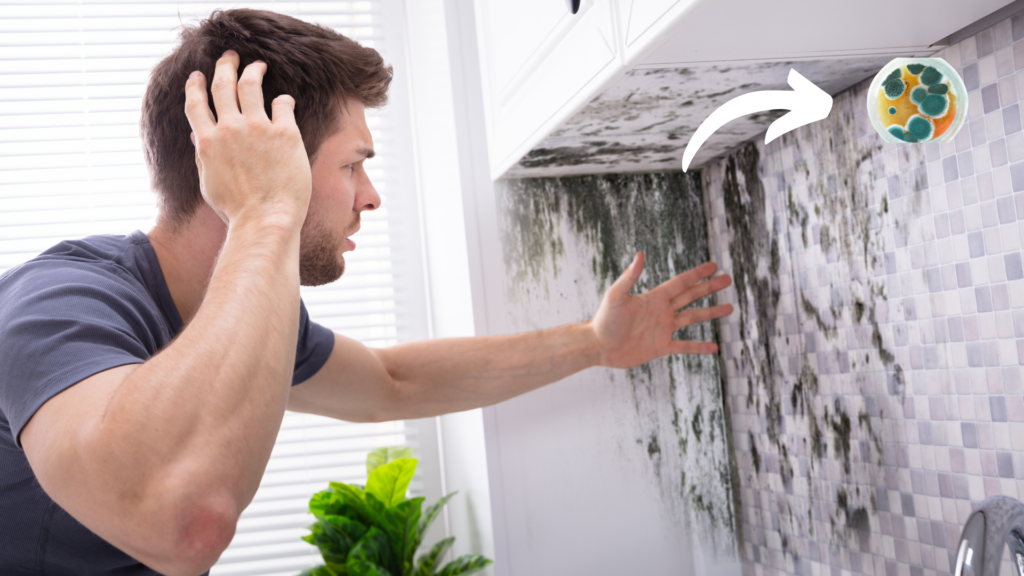
Creating a Mold-Resistant Home: Key Strategies
The good news is that you have significant control over mold growth in your home. By implementing a few key strategies, you can create an environment that’s less hospitable to these unwelcome guests.
1. Moisture Control is Paramount:
Remember, moisture is mold’s best friend. Eliminating excess moisture is the single most effective way to prevent mold growth. Here’s how:
- Fix Leaks Promptly: Address any leaks in your plumbing, roof, or windows immediately. Even a small drip can provide enough moisture for mold to flourish.
- Ventilate, Ventilate, Ventilate: Proper ventilation is key to removing excess moisture from the air. Use exhaust fans in bathrooms and kitchens, open windows when weather permits, and consider installing whole-house ventilation systems for optimal air circulation.
- Dehumidify if Necessary: If you have areas prone to dampness (like basements), consider using dehumidifiers to maintain optimal humidity levels. Aim for a relative humidity below 60%.
2. Cleanliness is Your Ally:
Mold loves to feed on dust, dirt, and organic matter. Maintaining a clean home can significantly reduce mold’s food sources.
- Regular Cleaning Routine: Establish a regular cleaning schedule that includes vacuuming, dusting, and wiping down surfaces with appropriate cleaning solutions. Pay special attention to areas prone to moisture, like bathrooms and kitchens.
- Prompt Spill Cleanup: Don’t let spills linger. Clean up any spills or water incidents immediately to prevent mold from taking hold.
3. Building Materials Matter:
When renovating or building a new home, consider using mold-resistant materials. These materials are designed to inhibit mold growth, providing an extra layer of protection.
- Mold-Resistant Drywall: Opt for moisture-resistant or mold-resistant drywall, especially in areas prone to dampness.
- Mold-Resistant Paint: Use paints with antimicrobial additives that can help prevent mold growth on walls and ceilings.
4. Be Vigilant: Monitor for Mold:
Even with the best prevention efforts, mold can sometimes find a way to sneak in. Regular monitoring can help you catch mold growth early before it becomes a major problem.
- Visual Inspections: Periodically inspect your home for signs of mold, such as discoloration, staining, or musty odors. Pay close attention to areas prone to moisture, like bathrooms, kitchens, basements, and around windows.
- Professional Inspections: If you suspect hidden mold growth (behind walls or under floors), consider hiring a professional mold detection company like Mold Zero Services. We have the expertise and tools to identify hidden mold problems and provide effective solutions.
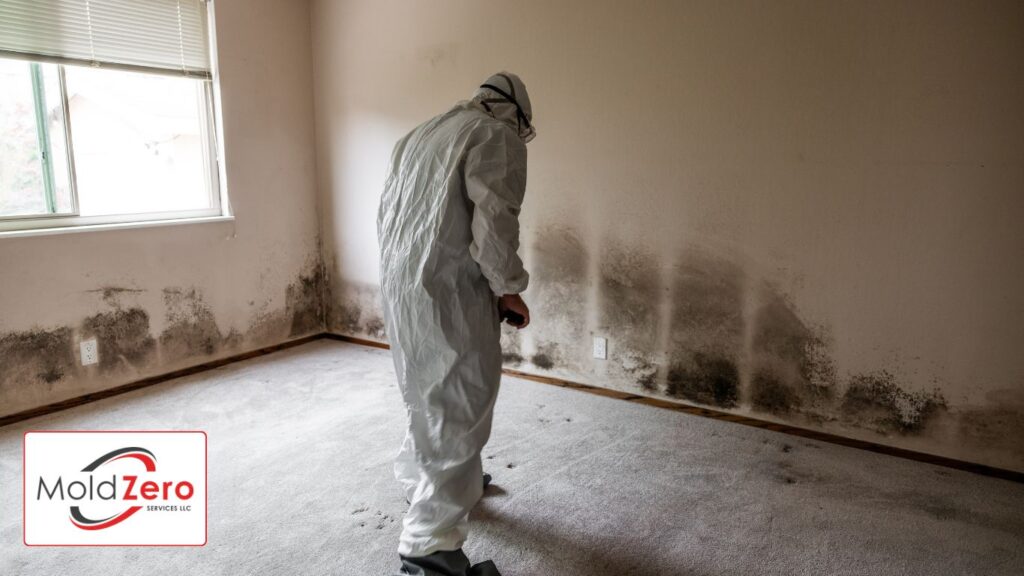
Targeted Prevention Strategies for Specific Areas
Bathrooms:
- Shower Power: After each shower, use a squeegee to remove water from walls and shower doors. Leave the bathroom door ajar or run the exhaust fan to promote ventilation.
- Grout and Caulk: Regularly clean and inspect grout and caulk around showers, tubs, and sinks. These areas are particularly susceptible to mold growth.
Kitchens:
- Appliance Check: Regularly clean refrigerator drip pans, check for leaks under sinks, and clean up spills and crumbs promptly.
- Dishwashing Duty: Don’t let dirty dishes pile up in the sink. Wash dishes promptly or use a dishwasher to prevent mold growth.
Bedrooms:
- Bedding Basics: Wash bedding regularly, including sheets, pillowcases, and blankets. Vacuum mattresses periodically to remove dust mites and other allergens that can contribute to mold growth.
- Closet Care: Ensure proper ventilation in closets. Avoid overpacking closets, as this can restrict airflow and create damp conditions.
Basements:
- Dehumidification is Key: Basements are often damp and poorly ventilated, making them prime locations for mold growth. Use a dehumidifier to maintain optimal humidity levels.
- Sump Pump Maintenance: If you have a sump pump, ensure it’s working correctly to prevent water from accumulating in your basement.
Air Conditioners:
- Filter Focus: Regularly replace or clean air conditioner filters to prevent mold growth and ensure efficient operation.
- Professional Service: Schedule annual professional servicing for your air conditioning system to ensure it’s functioning correctly and free of mold.
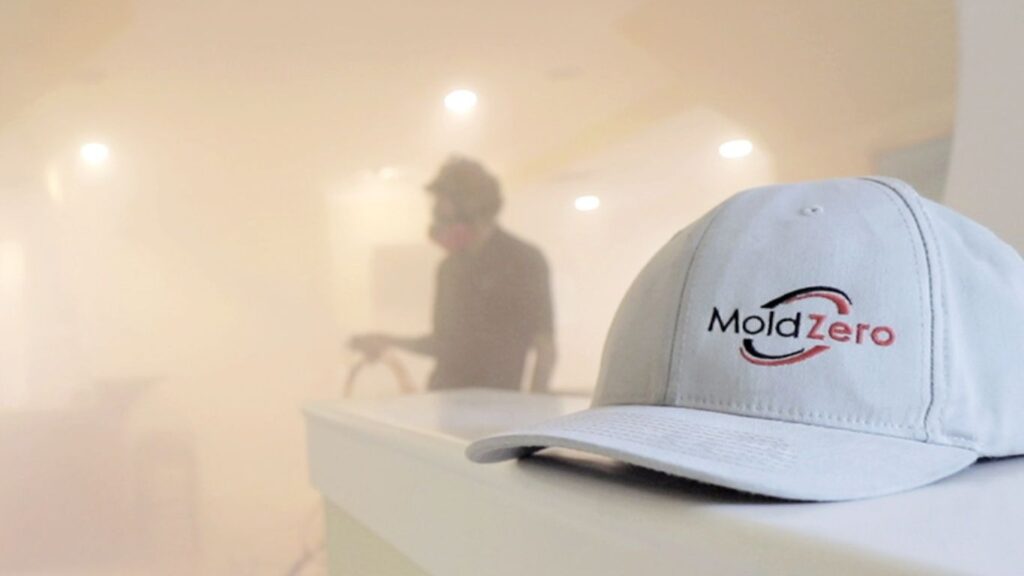
Mold Zero Services: Your Partner in Mold Prevention
At Mold Zero Services, we understand the importance of a mold-free home for your health and well-being. We offer a comprehensive range of services to help you prevent and address mold issues:
- Mold Inspection and Testing: Our experienced technicians can conduct thorough inspections to identify potential mold problems and perform air and surface testing to confirm the presence of mold spores.
- Mold Remediation: If mold is detected, we utilize advanced techniques and safe, effective products to remediate the problem, ensuring your home is restored to a healthy environment.
- Ongoing Protection: We offer a 1-year guarantee against new mold growth, providing you with peace of mind and long-lasting protection.
Contact Mold Zero Services today for a free inspection and quote. Let us help you create a healthy, mold-free home for you and your family.
Mold Prevention FAQs
How to Prevent Mold in Basement?
Basements are notorious for mold growth due to their dampness and lack of ventilation. To prevent mold in your basement, focus on controlling moisture by fixing leaks, ensuring proper drainage, and using a dehumidifier to maintain optimal humidity levels. Improving airflow is also crucial. Open windows when possible, use exhaust fans, and ensure proper ventilation for any appliances. Don’t forget about regular cleaning to remove clutter, dust, and debris, eliminating mold’s food sources.
How to Detect Mold in Your Home?
Mold often hides in plain sight, so be vigilant and look for telltale signs. Visual clues like discoloration, staining, or fuzzy growth on walls, ceilings, floors, and furniture can all indicate a mold problem. A persistent musty smell is another red flag, even if you can’t see the mold itself. Pay attention to your body, too. If you experience allergy-like symptoms like a stuffy nose, sneezing, or watery eyes in certain areas of your home, it could be due to mold.
How to Prevent Mold in Bathroom Ceiling?
Bathroom ceilings are particularly susceptible to mold due to shower steam and condensation. To prevent this, run the exhaust fan during and after showers to remove moisture. Regularly clean the ceiling with a mold-killing solution to prevent mold from taking hold. And, of course, address any leaks in the roof or plumbing that may be contributing to moisture problems.
What Can Stop Mold from Growing?
Mold needs three things to thrive: moisture, warmth, and a food source. Eliminating any of these factors can stop mold growth in its tracks. Control moisture by fixing leaks, improving ventilation, and using dehumidifiers. Maintain cleanliness to remove mold’s food sources, such as dust, dirt, and organic matter. Finally, consider using mold-resistant building materials and paints to inhibit mold growth.
How Do You Prevent Mold Permanently?
While completely eradicating mold can be challenging, you can significantly reduce the risk of recurring mold. Maintain ongoing vigilance in addressing leaks and controlling humidity levels. Establish a routine for cleaning and inspecting for signs of mold. For added peace of mind, consider periodic professional inspections and preventative treatments, especially in mold-prone areas.
What Materials Prevent Mold Growth?
Certain building materials are designed with mold resistance in mind. Mold-resistant drywall is specifically engineered to inhibit mold in damp areas. Mold-resistant paint contains antimicrobial additives that prevent mold from growing on surfaces. And using treated wood with mold inhibitors can provide extra protection in areas prone to moisture.
What Plants are Good for Air Quality?
Certain plants can help improve indoor air quality by absorbing pollutants and releasing oxygen. The spider plant is effective at removing formaldehyde and other volatile organic compounds (VOCs). The snake plant releases oxygen at night and filters out toxins like benzene and xylene. And the peace lily is known for removing ammonia, benzene, and formaldehyde from the air.
How to Detect Mold in the Air?
Airborne mold spores are invisible to the naked eye. To detect mold in the air, you can use DIY mold test kits available at home improvement stores, but these only provide a general indication of mold levels. For more accurate assessment, consider professional air testing from a company like Mold Zero Services.
How to Detect Mold in Walls?
Mold often lurks behind walls, making detection tricky. A persistent musty smell coming from a specific wall can indicate hidden mold. Also, look for water stains, discoloration, or bulging on walls. For definitive answers, a professional inspection using specialized tools like moisture meters and thermal imaging cameras can pinpoint hidden mold within walls.
Concerned About Mold in Your Home?
Don’t wait for the problem to worsen. Contact Mold Zero Services today for a free inspection and quote. Our experienced technicians can identify potential mold issues and provide effective solutions to protect your health and property. Call us at (626) 671-8885 or fill out our form to schedule your free consultation.
